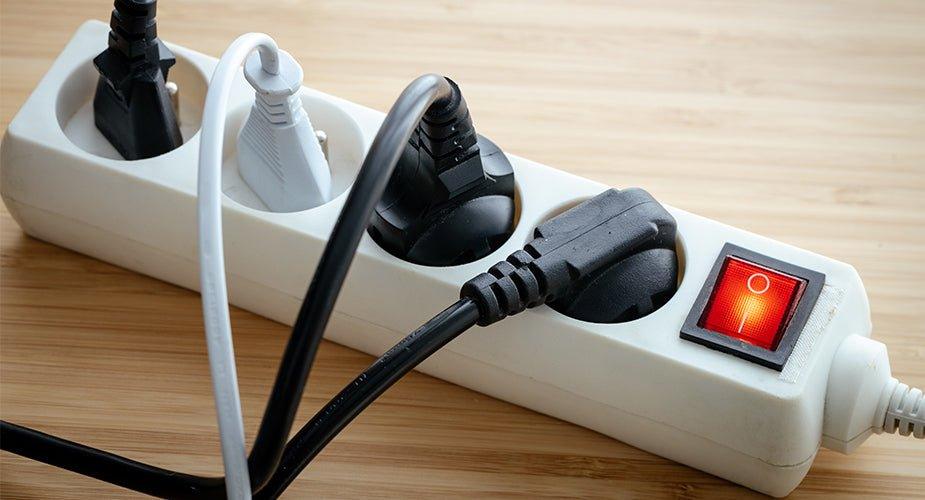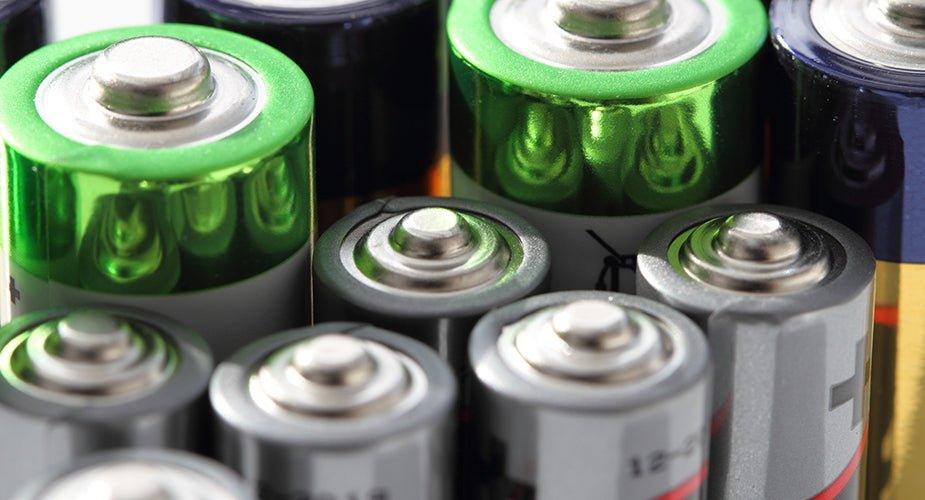Higher temperatures during the summer often lead to higher electricity bills due to increased demand. Understanding what is an electrical load is key, as Several factors affect electricity prices. The U.S. Energy Information Administration (EIA) outlines the variables influencing these costs.
If you are a homeowner or someone who contributes to paying the monthly utility bills, you probably want to know budget tips or ways on how you can cut the costs of your expenses especially when it comes to your electricity bill.
One of the initial steps that you can do is to assess your home’s electrical load. This means that you will look into the appliances, gadgets, or anything in your home that uses electricity. Doing so would also help you make informed decisions about transitioning into cleaner, more sustainable, and renewable energy sources such as solar and wind if you still haven’t made the shift yet.
Understanding What is an Electrical Load
In the context of homes or residential use, an electrical load is the amount of electricity that computers, light bulbs, refrigerators, and other devices need to function. Simply put, it is any object that transforms electrical energy into another form of energy such as light, heat, or motion.
It is called “electrical load” because it puts a load on the supply of electricity in order to work. For instance, when you use a washing machine during laundry day, the electrical load of the machine takes the electrical energy from the power source and converts it into mechanical motion or energy.

What are Electrical Loads : Types, Definition, & Function
Resistive Load
Common household items that flow through a resistive load are water heaters, irons, toasters, incandescent light bulbs, or basically any device that converts electrical energy into heat.
The name comes from how the electric current flows through a material. The resistor in the circuit adds resistance to the flow of current and this converts the electrical energy into heat energy.
Additionally, in what is an electrical load, voltage and current are proportional and linked to power consumption. An increase in either voltage or current typically results in higher power usage.
Inductive Load
This type of electrical load uses electromagnetic function to make appliances and other electrical devices work. The most common household items that typically have inductive loads are washing machines, air conditioners, refrigerators, and even power tools. It allows these gadgets to perform various tasks around the house by using their motors to create motion and circulate air, among others.
The term inductive comes from the process called inductance. It involves devices that use coils or wires to create magnetic fields when electricity flows through them. This magnetic field makes the motor in these appliances start moving.
Capacitive Load
Some appliances that use capacitive loads include microwave ovens, freezers, dishwashers, air conditioners, and other devices that require energy storage, voltage regulation, and power factor correction.
Unlike inductive loads, which store energy in a magnetic field, capacitive loads store it in an electric field. Both types of what is an electrical load affect how efficiently electrical power is used, as they store and release energy without direct conversion into other forms.
Capacitors are important components in electronics and electrical systems, but they require other components or loads to be connected in a circuit to be part of a system that generates useful work or performs specific tasks. In other words, this type cannot stand alone.
Mixed Load
It is important to note that some common appliances or devices have components that show both resistive and inductive behavior. This means that common electrical household items combine both types to work properly. For example, hairdryers utilize resistive components to generate heat or warm air while inductive elements make the fan in the hairdryer work efficiently.
Although some appliances use combined components, the dominant type of electrical load is primarily based on the purpose and design of the device.
The abovementioned types of electric loads differ in how they consume and utilize power.
They can easily be distinguished by the common household appliances that are used for lighting, mechanical, and heating purposes.

Electrical Load and Solar Panel Systems
Having backup power is beneficial, but if you want to transition fully to clean, renewable energy, it’s essential to understand what are electrical loads in your home.
Understanding what is an electrical load in your home is crucial when determining the right size for your whole-home solar system, especially if you aim to cover your entire energy consumption with solar panels.
You can start by gathering information and taking note of the power ratings of your home electronics and appliances by manually finding the watts (W) or kilowatts (kW) or you can use a power meter for this. You can then calculate the individual loads of the devices, determine the operating hours of the appliances, and consider other factors such as peak demand and efficiency. If you're unsure about the process or need precise calculations, consider consulting an electrician or contact us. We can help you with accurate load calculations and system sizing.
* We want to give credit where credit is due. Professional writer, Shobe Cruz, contributed research and content to this blog titled: What is an Electrical Load Thank you, Shobe, for your contributions!






 10,000W LIFEPO4
10,000W LIFEPO4









